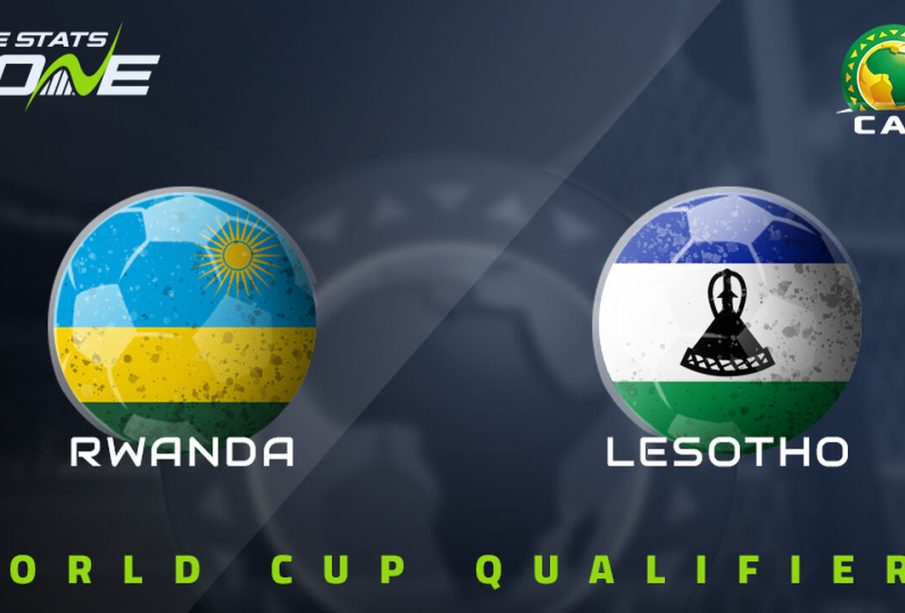Rwanda vs Lesotho: A Comparative Perspective

Introduction
Rwanda and Lesotho are two unique nations located on the African continent, each showcasing distinct cultural, geographic, and economic attributes. Understanding the dynamics between these two countries can provide insights into their individual progress and development challenges. As both nations strive for growth, this comparative analysis highlights their key differences and similarities.
Cultural Landscape
Rwanda, known as the “Land of a Thousand Hills,” is rich in traditions and cultural heritage, primarily shaped by its diverse ethnic groups, with the majority being the Hutu and Tutsi. The country is known for its exquisite crafts, music, and dance, which play significant roles in social gatherings. In contrast, Lesotho is known for its distinct Basotho culture, characterized by traditional attire such as the ‘Seanamarena’ blanket and vibrant ceremonies celebrating life events. While both countries share an African heritage, their cultural expressions reflect their unique historical narratives.
Geographic Attributes
Geographically, Rwanda is a landlocked country located in East-Central Africa, bordered by Uganda, Tanzania, Burundi, and the Democratic Republic of the Congo. Its terrain ranges from savannahs to mountainous regions, housing various endemic species. Lesotho, also a landlocked nation but situated entirely within South Africa, is known for its mountainous landscapes and high-altitude location, often referred to as the “Kingdom in the Sky.” This geography influences not only the climate but also the lifestyle of their inhabitants.
Economic Overview
Economically, Rwanda has made significant strides since the 1994 genocide, focusing on technology and tourism to drive growth. The country’s initiatives towards becoming a hub for development are evident in its substantial investments in infrastructure and healthcare. Conversely, Lesotho’s economy heavily relies on subsistence agriculture and remittances from Basotho working in South Africa. In recent years, efforts have been directed towards diversifying the economy and promoting manufacturing sectors.
Challenges and Opportunities
Both Rwanda and Lesotho face considerable challenges, such as unemployment and public health issues. However, Rwanda’s steadfast commitment to reforms and innovation offers a lesson in resilience and recovery. Lesotho, on the other hand, holds potential through regional collaborations and resource management, particularly in sectors like agriculture and tourism.
Conclusion
In summary, while Rwanda and Lesotho present unique characteristics shaped by geography, culture, and economic policies, their development journeys demonstrate both challenges and opportunities. As they continue to navigate the complex landscape of progress, the resilience of their people and the strategical initiatives undertaken will determine their future trajectories. Understanding these nuances can empower international stakeholders to provide better support tailored to their respective needs.






